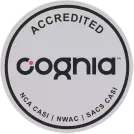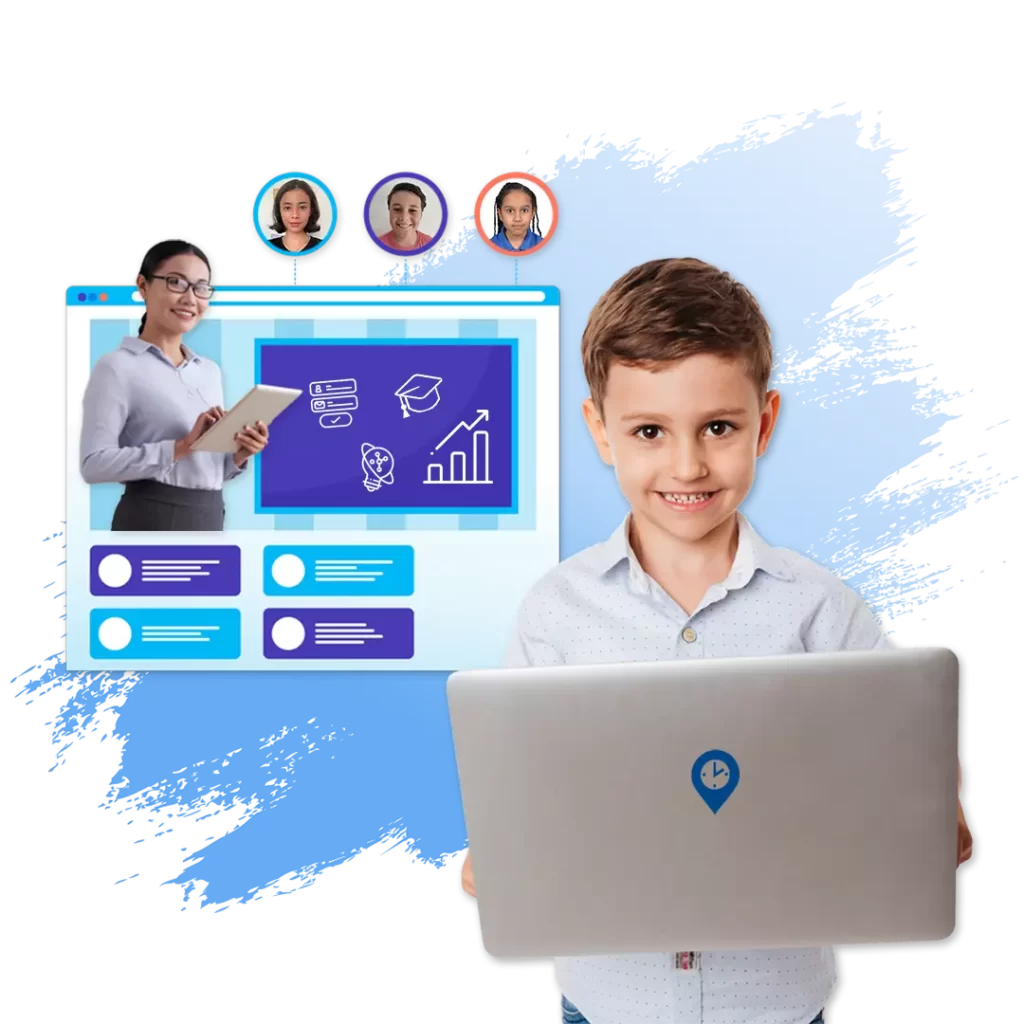In the present scenario, our educational landscape has accommodated some great alternatives to traditional classroom teaching and learning. From online education to blended, hybrid, or distance learning models, each option offers a host of advantages for the students and stakeholders. Post the global pandemic, the boost in the number of online schooling, and blended learning models speaks volumes about this paradigm shift.
Similarly, this trend is further gaining more popularity with new and better ways of imparting instructions. One such pedagogy is Micro learning in education!
Let’s explore more details about it. And see how it can help in improving the learning outcomes.
What is Microlearning?
The simplest definition to understand the Micro learning meaning is that it is a pedagogy that focuses on short-duration content. By breaking down concepts/topics the learners are able to gain a better understanding of the topics including the most complex ones. This instructional pedagogy is highly effective in today’s age and date. Because handheld devices and the internet has made information accessibility easier than ever!
Back in the year 2012, only 75% of the individuals in the USA accessed the internet. Since then, these internet penetration rates have drastically improved. And by the current year, almost 91.80% of the individuals in the USA are estimated to access the internet (with 311.8 million smartphone users by 2023).
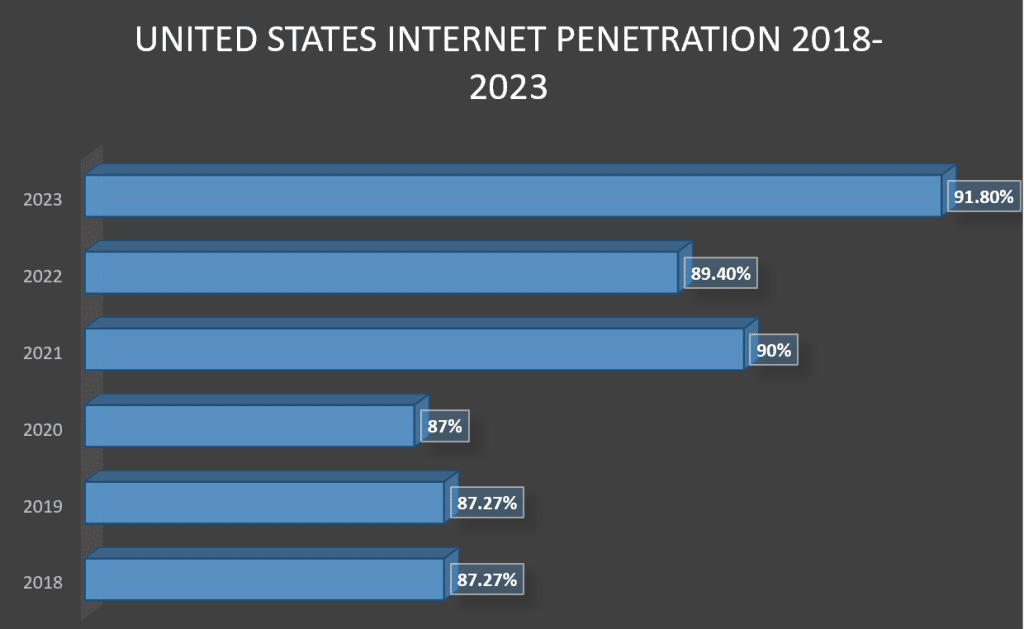
Micro learning in education has become a trending pedagogy. In fact, it is popular in the both eLearning and the corporate world.
<27% of the companies in North America used Microlearning>
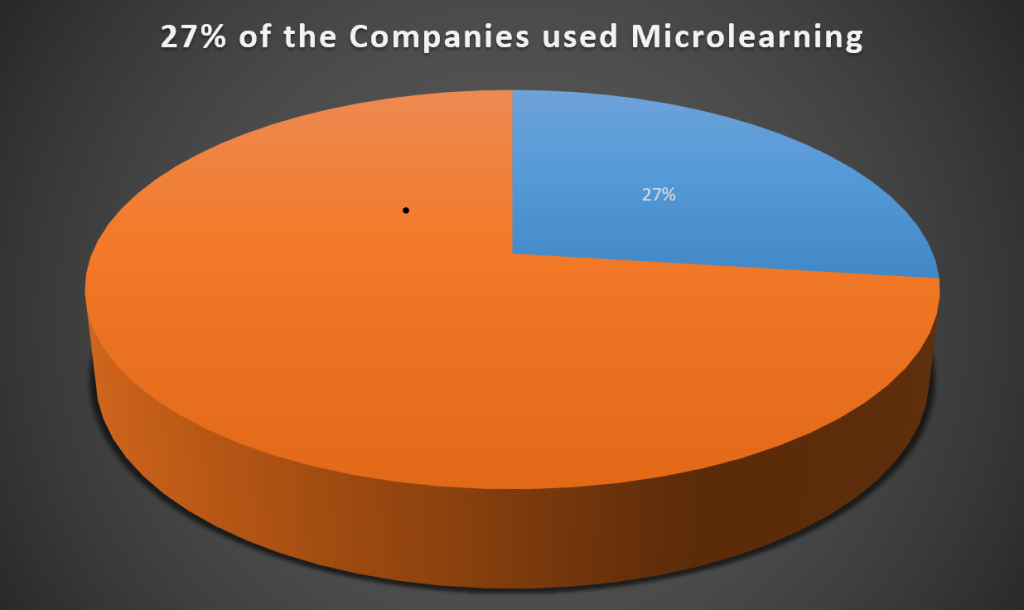
How is Microlearning in Education Different from Traditional Learning?
Smaller Content
The most prominent difference between this new form of instructional delivery and the traditional one is the time span. With bite-sized learning (the same as Microlearning), lessons or content is planned in smaller sizes. This pedagogy is based on the elements of virtual education. And the creators incorporate videos, animations, games, and audio, etc. to promote the student’s understanding.
Learning beyond the physical classroom
The next difference is that this pedagogy does not require physical vicinity or in-campus learning. This means that students can access it anytime, at any place, just like the content of an online school.
Less Pressure
The use of technology and pedagogies like these also help in reducing the overall stress levels. Because students need not aim at grasping too much information at a given point in time.

What are the Benefits of Microlearning for Students?
Engaging
With the help of this instructional model, we can also make learning experiences more engaging for students. This is almost like taking the teaching and learning to another level. Because teachers can incorporate relevant information through video representations, podcasts, or make use of game-based elements to strengthen the understanding of the concepts.
Does not require a long attention span
Most of us know that humans are already battling with the problem of short attention spans. And with these ongoing challenges, there is a growing need for shorter instructional delivery methodologies. As of February 2023, the American Psychological Association confirmed that the average attention span of humans is almost 47 seconds or lesser. This clearly means that pedagogies like these are a savior for our students. And even for the stakeholders as well.
Requires Less Time
Micro learning examples prove that this pedagogy is globally appreciated for its flexible and time-saving advantages. Students need less time with bite-sized learning. But at the same time, they also gain more practical knowledge and skills using this pedagogy.
Improves Retention
When we break down information into smaller parts, our minds are able to process these better. In fact, we are able to digest this form of information. And also manage to review it well later.
Some Examples of Microlearning
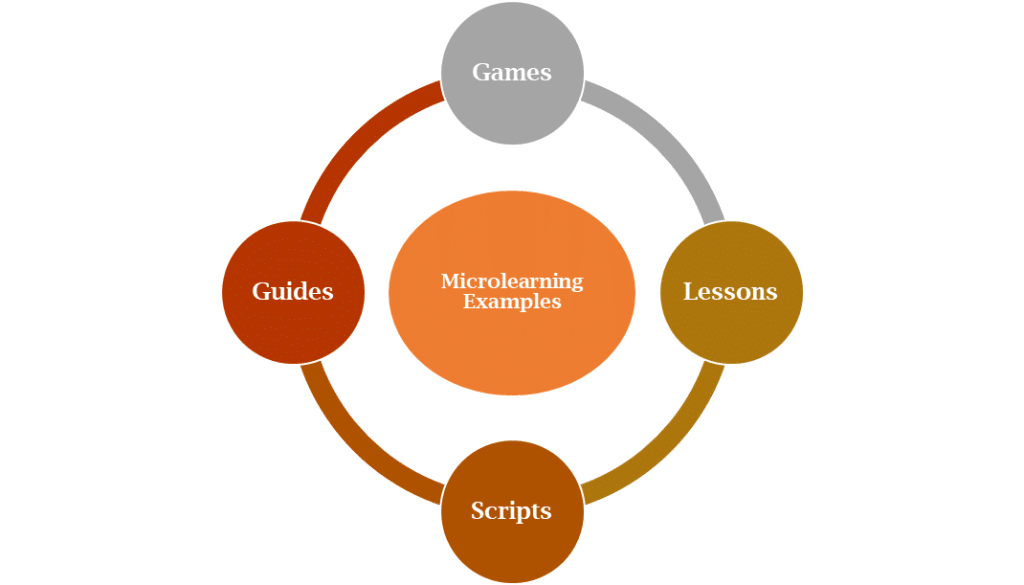
The top micro learning apps create games, guides, lessons, scripts, etc. that help students and professionals to learn on the go. Other than the top schools (traditional or online schools), top companies also make use of micro learning modules for refresher/sales/HR training and knowledge-building sessions.
Limitations of Microlearning
Despite a number of advantages, this pedagogy and micro learning platforms do have some limitations. This design of instructional delivery is not suitable for all types of topics/courses etc. The idea of breaking down information into smaller chunks is not practical for learning that requires in-depth knowledge (such as learning a language or research etc.). It is limited to a set of topics that can be made more digestible in smaller parts.
How to Choose the Right Microlearning Tool?
Choosing the right tool through micro learning apps/platforms helps in maximizing results. You must ensure that the tool is user-friendly, has the required options. And it should always be responsive to the needs of the selected (target) group. The right mix of features, templates, and game-based elements helps in creating an interactive learning experience. So you can choose the right tool and make the most of this highly effective pedagogy.
Final Thoughts:
There are some remarkable benefits of micro learning platforms. This form of instructional delivery can help in honing real-world skills. In addition, it is also a fantastic aid for enhancing knowledge in the hustle bustle of everyday life. Students, stakeholders, professionals, and knowledge seekers can make use of this instructional delivery method to absorb complex concepts with ease.
We hope this information helped you to know more about micro-content and its utility in the present times. Go ahead and incorporate this pedagogy into your life. And see how it crafts a superb learning experience without any mental fatigue!
Frequently Asked Questions
- Mention some differences between Microlearning vs traditional learning?
The top differences between these two types of instructional delivery are that Microlearning has the advantage of gaining more knowledge in less time. In addition, it also takes learning beyond the classroom hours. And supports better retention than traditional platforms. - What is Microlearning and why care about it?
In this era of online education, and shorter attention spans, this pedagogy helps us to gain more knowledge in less time. Students and professionals can enhance their learning and hone their skills without compromising on their existing priorities.
Suggested Read
- Blended Learning: What Is It And How Does It Work
- Helicopter Parenting: How Does It Impact Kids?
- How To Be Emotionally Supportive For Your Kids
- 5 Strategies For Building A Growth Mindset In Your Child
- Positive Thinking Strategies For Teenagers
- Promoting Self-Regulation In Teens And Kids
- Common School Problems That Your Child Could Be Facing
- Signs Of Toxic Parenting And Ways To Overcome It



